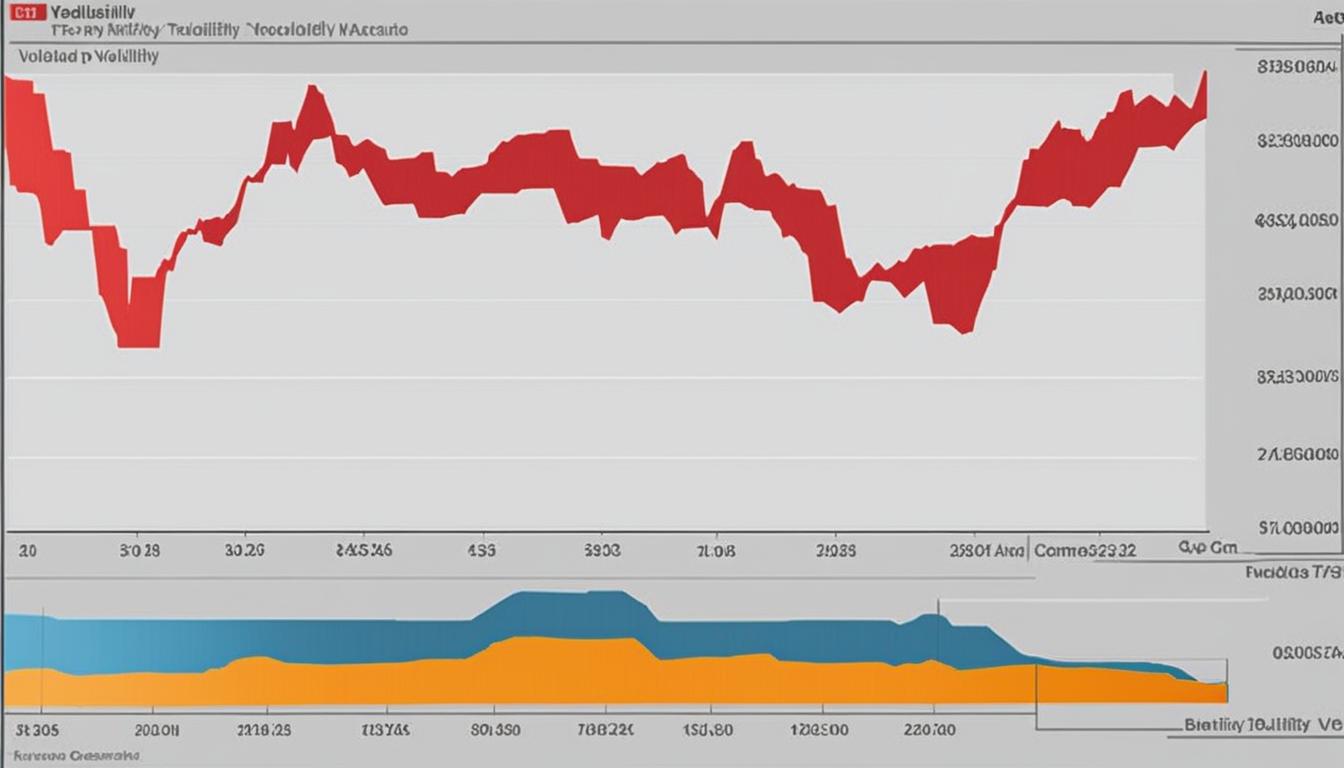Differences and Interrelation between IV and Realized Volatility

When it comes to option trading, there are two crucial measurements that every investor needs to understand – implied volatility (IV) and realized volatility. These two metrics provide valuable insights into market expectations and actual price movements. In this article, we will delve into the differences and interrelation between IV and realized volatility, shedding light on their unique characteristics and significance in the world of options.
Implied volatility, as the name suggests, is derived from option prices and reflects market participants’ anticipated volatility for the future. It gauges the market’s expectations regarding price fluctuations until the option’s expiration. On the other hand, realized volatility is calculated using historical price changes in the underlying asset, representing the actual volatility observed in the market.
By comparing implied and realized volatility, investors can determine how closely market expectations align with actual price movements. This analysis provides valuable insights into the accuracy of market forecasts and aids in making informed investment decisions.
In the following sections, we will explore the concepts of implied and realized volatility in detail, understanding how they are calculated and their distinctive characteristics. So, let’s dive in and uncover the fascinating world of IV and realized volatility!
Implied Volatility
Implied volatility is a crucial concept in option trading, as it represents the market’s expectation of future volatility for an underlying asset until the option’s expiration. It is derived from option prices and plays a significant role in determining the price of options. Calculating implied volatility involves using option pricing models, such as the widely used Black-Scholes model.
The Black-Scholes model takes into account various factors, including the option’s strike price, time to expiration, and the current price of the underlying asset, to estimate the expected volatility. By inputting these parameters into the model, we can calculate the implied volatility, which is expressed as a percentage.
It is important to note that implied volatility can vary across different options on the same underlying asset and expiration date. This variation reflects market participants’ differing expectations and perceptions of future volatility. Traders and investors closely monitor implied volatility to gauge market sentiment and assess potential risks and opportunities in options trading.

Calculating Implied Volatility
To calculate implied volatility, option pricing models use a combination of observed market prices and other known factors, as mentioned earlier. These models equate the current options market prices to the derived prices obtained from the model under various volatility assumptions.
The iterative process involves adjusting the volatility assumption until the model’s derived price matches the current market price of the option. Once this equilibrium is achieved, the implied volatility can be determined. This iterative calculation is complex and typically requires the use of specialized software or financial platforms.
| Option | Option Price | Strike Price | Time to Expiration | Underlying Price | Implied Volatility |
|---|---|---|---|---|---|
| Call Option 1 | $5.00 | $100 | 30 days | $105 | 18.5% |
| Call Option 2 | $3.50 | $100 | 30 days | $105 | 15.7% |
| Put Option 1 | $4.20 | $100 | 30 days | $95 | 22.1% |
| Put Option 2 | $2.80 | $100 | 30 days | $95 | 20.3% |
The table above shows a hypothetical example of implied volatility calculations for different options. As you can see, the implied volatility varies across options with the same expiration and underlying asset. This variation reflects the differing expectations and market perceptions of future volatility for each option.
Understanding implied volatility and its calculation is fundamental for option traders and investors, as it helps them assess the potential risks and rewards of their investment strategies. By analyzing the implied volatility of options, traders can make more informed decisions and position themselves accordingly in the options market.
Realized Volatility
Realized volatility, also known as historical volatility, is a crucial measurement in assessing market performance. It provides valuable insights into the actual volatility experienced in the market, independent of option prices. To calculate realized volatility, we analyze the historical price changes observed in the underlying asset.
The most common method used to calculate realized volatility is by computing the standard deviation of daily logarithmic returns. This approach allows us to quantify the price variability of the asset over a specific period. Realized volatility can be measured on various timeframes, such as daily, weekly, or monthly, depending on the desired analysis.
Understanding realized volatility is essential for investors and traders as it helps in assessing the risk associated with a particular asset. By analyzing historical volatility patterns, we can identify periods of high or low volatility, which can aid in making informed investment decisions. Realized volatility is particularly valuable in predicting potential price movements, as it represents the actual volatility experienced in the market.
It is important to note that realized volatility can be calculated for assets without options, making it a versatile tool for analyzing various financial instruments. By incorporating realized volatility into our analysis, we gain a comprehensive understanding of market dynamics, which can contribute to better risk management and investment strategies.
Differences and Correlations
The average implied volatility tends to be higher than the average realized volatility due to the volatility risk premium embedded in option prices. For instance, an average IV of -1.633 (44.2% in annual percentage term) is higher than an average RV of -2.112 (34.8% in annual percentage term).
The correlation between these two types of volatility is complex yet insightful:
- Implied volatility represents the value of volatility of the underlying asset that is factored into the current pricing of an option.
- In contrast, realized volatility represents actual volatility that occurred historically.
About 28% of the predictive power of implied volatility on future realized volatility is due to its ability to predict news measures, including both scheduled and unscheduled news. However, it’s crucial to remember that implied volatility does not indicate how the security price will move. It is sensitive to unforeseen events and does not consider fundamentals when calculating based on prices, supply & demand, and time value.
In options trading, high levels of implied volatility result in high-priced option premiums. Conversely, as the market’s expectations decrease, or demand for an option diminishes, implied volatility will decrease, resulting in cheaper option prices.
Similarly, realized volatility plays a significant role in options trading. Higher volatility generally makes options more valuable, and vice versa.
In conclusion, understanding the differences and correlations between implied and realized volatility can provide traders with a more comprehensive view of market dynamics, aiding in more informed decision-making. While both types of volatility offer valuable insights, they should be used in conjunction with other market indicators and analysis tools for optimal trading strategies.






